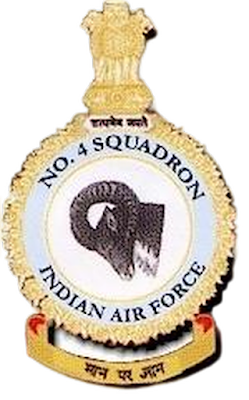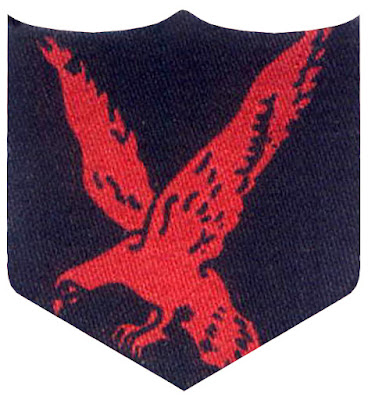NO. 4 SQUADRON

NO. 4 SQUADRON The No. 4 Squadron of Air Force was formed at Peshawar on Feb 1, 1942, under the command of Sqn Ldr Hu 'Bulbul' Khan. It was the third IAF Squadron to be equipped with the Westland Lysander Army Co-operation aircraft. Within days of its formation, the Squadron would move to Miranshah, were the first mission against the tribals in NW Frontier was undertaken to bomb Shirani. The crest, which was adopted in 1944 consists of an Oorial head with the Ashoka on top and the Squadron’s Motto ‘Maan par Jhan’ meaning 'Honour unto death' written below. The oorial was named after the local mountain sheep present in the Peshawar area where the squadron used to conduct ops. This was to symbolise the qualities of endurance, strength and the fighting spirit that makes it fight to death rather than lose face and honour by turning away.


